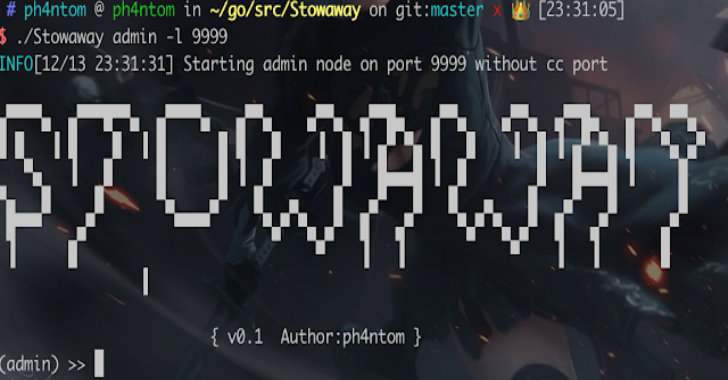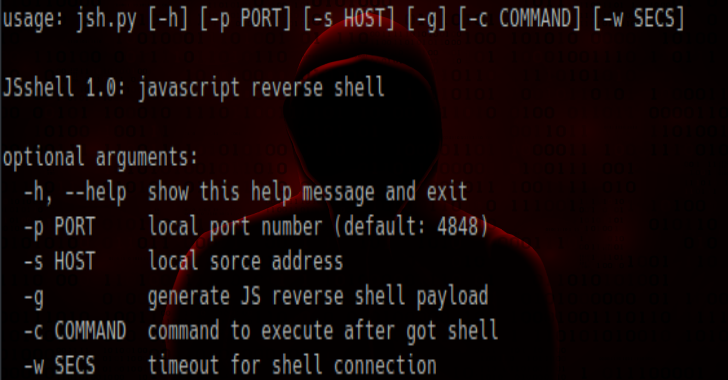OpenSquat is an opensource Intelligence (OSINT) security tool to identify cyber squatting threats to specific companies or domains, such as:
- Phishing campaigns
- Domain squatting
- Typo squatting
- Bit squatting
- IDN homograph attacks
- Doppen ganger domains
- Other brand/domain related scams
It does support some key features such as:
- Automatic newly registered domain updating (once a day)
- Levenshtein distance to calculate word similarity
- Fetches active and known phishing domains (Phishing Database project)
- IDN homograph attack detection
- Integration with VirusTotal
- Integration with Quad9 DNS service
- Use different levels of confidence threshold to fine tune
- Save output into different formats (txt, JSON and CSV)
- Can be integrated with other threat intelligence tools and DNS sinkholes
How to Install
git clone https://github.com/atenreiro/opensquat
pip install -r requirements.txt
The “pip install” is just to make sure no new libs were added with the new upgrade.
Usage Examples
Edit the “keywords.txt” with your customised keywords to hunt.
#Lazy run with default options
python opensquat.py
#for all the options
python opensquat.py -h
#Search for generic terms used in phishing campaigns (can lead to false positives)
python opensquat.py -k generic.txt
#With DNS validation (quad9)
python opensquat.py –dns
#Subdomain search
python opensquat.py –subdomains
#Check for domains with open ports 80/443
python opensquat.py –portcheck
#With Phishing validation (Phishing Database)
python opensquat.py –phishing phish_results.txt
#Save output as JSON
python opensquat.py -o example.json -t json
#Save output as CSV
python opensquat.py -o example.csv -t csv
#Conduct a certificate transparency (ct) hunt
python opensquat.py –ct
#Period search – registrations from the last month (default: day)
python opensquat.py -p month
#Tweak confidence level. The lower values bring more false positives
#(0: very high, 1: high (default), 2: medium, 3: low, 4: very low
python opensquat.py -c 2
#All validations options
python opensquat.py –phishing phishing_domains.txt –dns –ct –subdomains –portcheck










.png)






